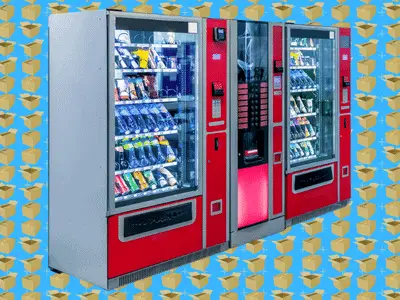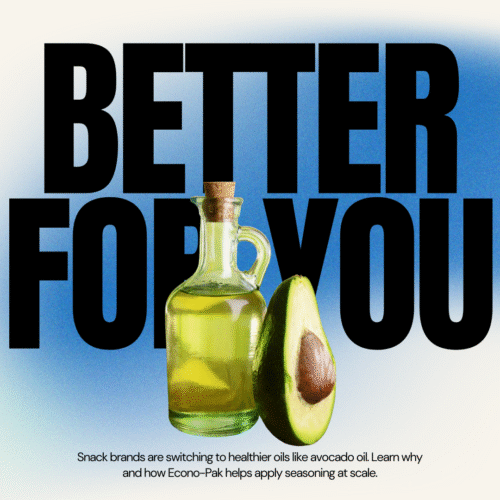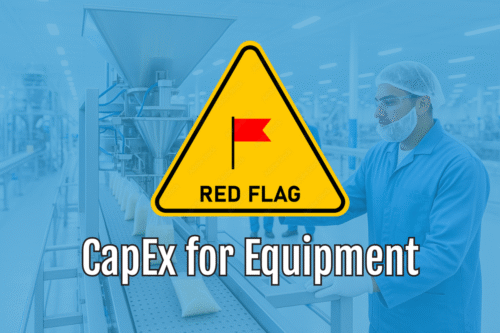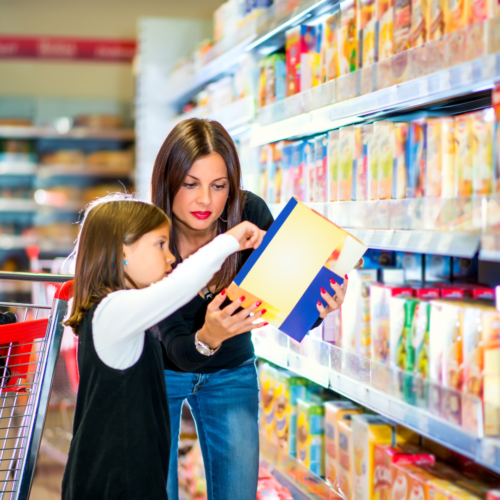Primary vs. Secondary Packaging
 Many products come with primary and secondary packaging. Both serve to protect the contents, inform consumers, and market products.
Many products come with primary and secondary packaging. Both serve to protect the contents, inform consumers, and market products.
Primary and secondary packaging are both important considerations when it comes to contract food packaging. Keep reading to learn more about the purpose and benefits of each.
Defining primary packaging
Primary packaging is the first layer of packaging on a product. It directly touches the product, such as the bag inside a box of cereal or a carton of juice. In many cases, consumers will see and handle this layer of packaging first or most when using the product.
This initial layer of packaging is crucial because it protects against contaminants, damage, and environmental factors that compromise product integrity or quality. It may also be used to extend shelf life, provide additional instructions or information, and convey a sense of value.
Examples of primary packaging include:
- Jars
- Tubes
- Bottles
- Bags
- Food-safe shrink wrap
- Pouches
- Cartons
Understanding secondary packaging
Secondary packaging is an outer layer beyond the primary packaging, although it can be implemented in several ways. It is often used as a secondary form of protection for a product, such as a paperboard box (i.e., secondary packaging) that prevents crackers from breaking while an inner plastic bag (i.e., primary packaging) keeps them fresh.
It can also be used to physically group multipacks together, such as a two-pack of bottled sauce or a trial-size item packaged for sale with a full-size one. And in some situations, multiple layers of secondary packaging are used. For example, a wholesaler may individually package frozen entrees in covered trays (i.e., primary), then place each in an outer paperboard container (i.e., secondary), then pack 12 entrees together in a cardboard box (i.e., secondary).
All types of secondary packaging can incorporate branding through graphics and product information.
Primary vs. secondary packaging
Because they serve somewhat different purposes, primary and secondary packaging often have different physical characteristics. For example, primary packaging may need to be airtight, rigid, or greaseproof, while secondary packaging may need to be constructed from materials that are sturdy, block UV light, or incorporate easy-carry handles.
Impact of packaging on branding and marketing
Primary packaging is often a significant point of contact with potential customers. Package appearance, texture, shape, size, and overall design are powerful differentiators. Primary packaging can even convey a message about the experience of “unboxing” or using the product inside. In these ways, it has considerable influence over the decision to buy.
Secondary packaging shares some of the influence that primary packaging has, especially for products with inner freshness wrappings, bags, or pouches. Don’t overlook the ability of secondary boxes, cartons, or wraps to attract attention.
Product use may also factor into the brand details you choose to include on the packaging. Branding may have less impact when it appears on wrappers that are discarded immediately, or products that are decanted into other containers, such as frozen juice.
Primary and secondary packaging sustainability
Sustainable packaging is a growing consumer demand and a trend among manufacturers. Many eco-friendly designs are intended to reduce waste and the amount of natural resources needed for production. Common approaches include:
- Increased percentages of recycled and post-consumer use materials
- Compostable or recyclable packaging
- Reduced plastic content or plastic alternatives
- Packages that use less material overall
- Plant- or paper pulp-based packages
Today’s consumers notice packaging materials, oversized boxes with wasted space, and the use of non-recyclables, which can impact their buying decisions.
Learn more about primary and secondary packaging
At Econo-Pak, we provide comprehensive, turnkey contract packaging services for dry-food applications. We offer a range of packaging options including vertical bagging, pouch filling, and flow wrapping, as well as custom packaging solutions. Contract manufacturing and a vetted network of packaging suppliers are also available.
By partnering with us, you’ll have more time to devote to developing your products and your brand. Our team will work with you to determine the best primary and secondary packaging options for your needs and business goals. Request a quote today to get started.
Let's start scaling.
Is your demand outpacing your ability to package your own product? Then consider outsourcing with Econo-Pak.
With over 40 years of experience working with both small brands and Fortune 500 companies, we are capable of handling your specific dry food product.
Get in touch with our team for a fixed-price quote for your project.





